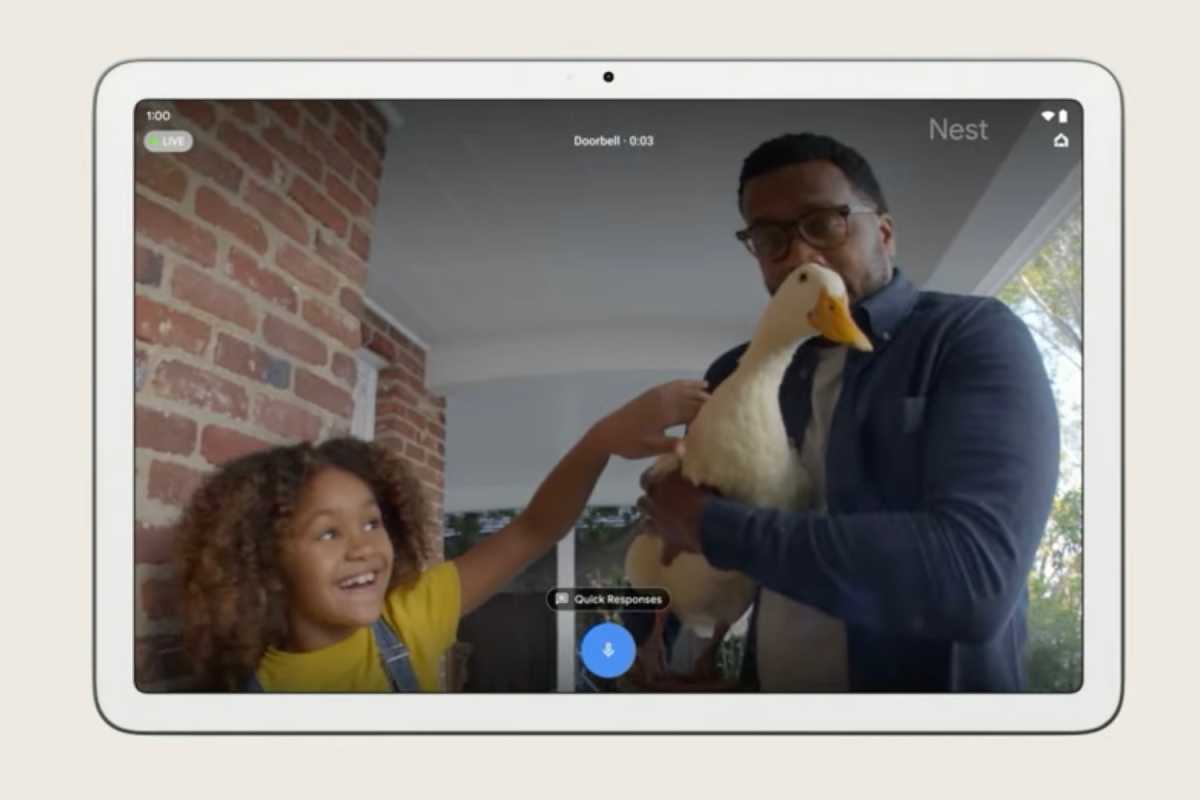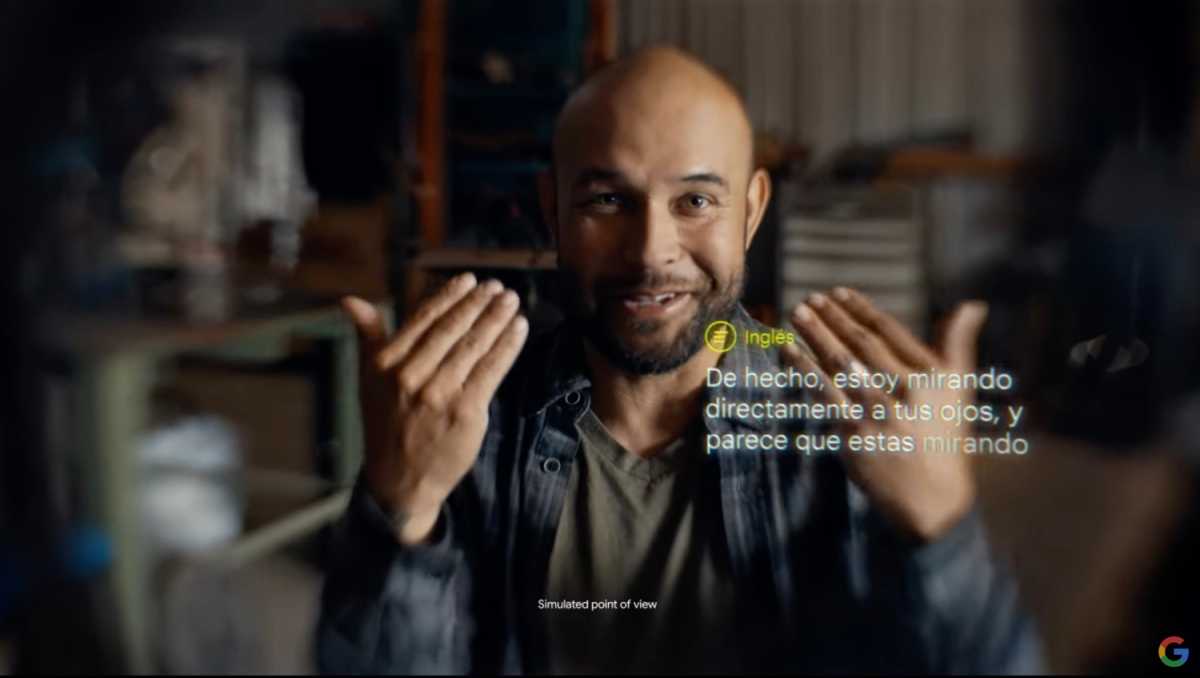Three Google features Apple should borrow for its next big thing
The larger technology companies get, the more and more commonalities there seem to be between their products. That’s probably not surprising: after all, if only a couple of huge companies are developing smartphone operating systems, chances are they’ll get closer and closer over time as companies borrow from each other, playing leapfrog as they continually innovate.
Like any giant company, Apple’s no stranger to having features similar to those in its products rolled out by competitors. But it’s also hardly one to ignore a good idea, even when it’s created by a rival (for example, the graphical user interface on desktop computers).
This past week, Google held its annual I/O developers conference, at which it showed off a ton of new devices and features for its products. And, as always, there were those who noted that many looked like they’d been pulled directly from Apple products. So, turnabout being fair play, here are a few places where Apple might be able to take a cue from one of its biggest competitors.
Right side up
The iPad is the undisputed leader in the tablet industry. No other company has come even close to the success that Apple has seen in this category. But that doesn’t mean everyone else is going to stop trying. Google announced last week that it would be rolling out its own Android-powered tablet in 2023 and gave a quick preview of the device.

The Pixel Tablet has its front-facing camera on the correct side.
Which, unsurprisingly, looks a lot like an iPad. Granted, a tablet is a device that’s basically all-screen–how different could it look, really?
However, there was one significant difference: the Pixel Tablet’s front-facing camera is in the middle of the long edge of the display and, from what little Google showed off, the company seems to be pushing the idea that it’s primarily a landscape device. That’s one thing Apple could do better: its front-facing iPad camera remains tethered to one of the iPad’s short edges, which not only makes video conferencing calls a pain (wait, where am I looking again?) but also detracts from the experience on devices with Face ID, where you seem to be constantly getting that “Camera is covered” message.
Apple already sells covers that are designed to prop the iPad in landscape mode and keyboards that basically turn them into laptops. Landscape is clearly the orientation of choice for users, but apparently, that front-facing camera has yet to get the message.
Talk to me
Voice assistants remain a hot area for tech companies, with Siri, Google Assistant, and Alexa all battling it out. Google’s spent a lot of time in its latest updates improving the reliability and ease of talking to the assistant, introducing a Quick Phrases option, which lets you choose several commands that can be issued without having to say the voice assistant’s wake word (i.e. “Hey Google), a Look and Talk feature that tells the Google Assistant when you’re talking to it and thus doesn’t require the wake word, and better comprehension when you pause or don’t remember the exact word for something.

Google Assistant will have improvements that help fill the gaps of vocal commands.
All of these are innovations that Siri could dearly use. In particular, the Look and Talk feature seems like one that Apple has all the ingredients for, at least on devices equipped with Face ID. And if the company is planning on moving into the “wireless speaker with a screen” segment of the voice assistant market, that feature would be a particular boon there.
I’m a little more mixed on Quick Phrases, if only because we’ve all become so accustomed to addressing our virtual assistants when talking to them, but I appreciate that Google allows you to choose which phrases you want Google to listen for. And Apple absolutely needs to improve Siri’s recognition of halting speech or forgotten words in queries: many has been the time that I ended up with the assistant eagerly playing the wrong song–usually at a very loud volume–when I stumbled my way through a title.
Found in translation
One of Google’s final announcements in its I/O presentation was also its most ambitious. CEO Sundar Pichai introduced a video demoing a new pair of augmented reality glasses–specifically, a feature that can interpret a foreign language and display the translation on a heads-up display, like subtitles for real life.
Apple’s spent no shortage of time playing up its AR ambitions over the last several years, but what it’s yet to deliver is a killer feature, especially when it comes to why people might be willing to wear a pair of glasses on their face. By anchoring its AR ambitions with an application that’s both intended to keep you in the real world and highlights the elements of accessibility that Apple likes to talk about, Google seems to have somewhat stolen Cupertino’s thunder.

Google demonstrated AR glasses that can translate languages in real-time.
This isn’t to say that Apple doesn’t have its own killer AR feature up its sleeve. It’s delved into translation in a big way with its Translate app, first introduced in iOS 14. But Google still has a big head-start in this department, so even if Apple does roll out its own AR translation feature, it may have a lot of catching up to do.
Still, AR and VR are poised to be the next major battlefield for big tech, so this will hardly be the last time we see companies borrowing features from each other in a constant game of one-upmanship. And as long as that process makes the products better for the users, what’s a little borrowing between friends?
For all the latest Technology News Click Here
For the latest news and updates, follow us on Google News.

